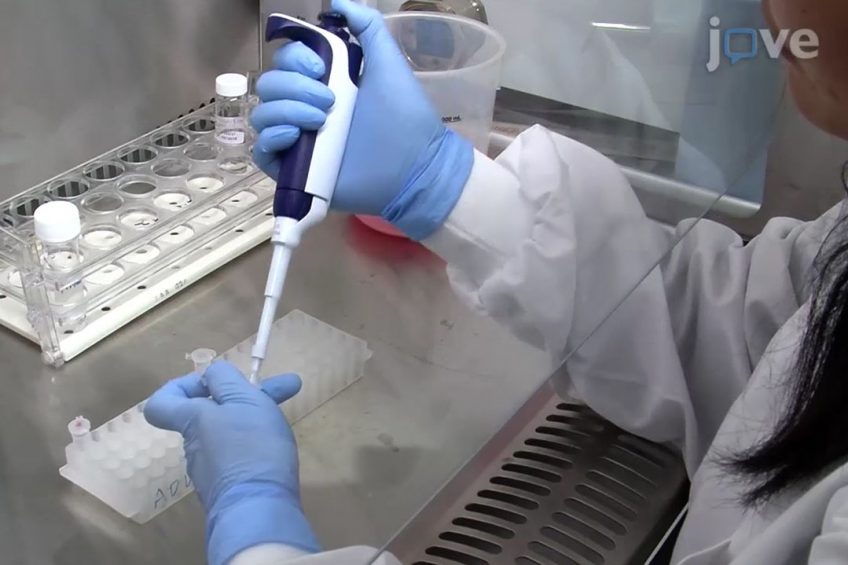New protocol for creating poultry disease vaccines shared

Researchers at The Pirbright Institute have published their procedures on video for creating a vaccine that protects against Marek’s disease and infectious bursal disease (IBD) using a CRISPR/Cas 9 gene editing system.
Both viruses cause highly infectious diseases of poultry and can cause huge economic losses around the globe. For example, Marek’s costs the worldwide poultry industry $1bn US annually, according to studies released in 2017.
Herpesvirus of turkeys (HVT) is an ideal vector for the generation of recombinant vaccines against a number of disease, using bacterial artificial chromosome mutagenesis or conventional recombination methods.
The clustered regularly interspaced palindromic repeats (CRISPR)/Cas9 system has been successfully used in many settings for gene editing, including the manipulation of several large DNA virus genomes.
Use of gene editing tools
Research carried out at Pirbight’s Viral Oncogenesis group by UK and Chinese scientists utilises fast and accurate gene editing tools to insert an IBD virus gene into the Marek’s vaccine virus.
This results in the creation of a recombinant vaccine, which allows the single vaccine to protect against both diseases simultaneously.
Speaking in the video journal JoVE, Professor Venugopal Nair, head of the Viral Oncogenesis group, said developing the protocol was not easy but the hard work shown by the team had paid off.
“Extensive work went into defining the correct quantities and timings of each step, and it has taken the last 2 years to streamline the process.
“We now have a procedure that is highly efficient and represents a vast improvement on previous techniques,” he added.
Although other recombinant vaccines exist that protect against both viruses, the methods for producing them are lengthy and not as reliable.
Precise and allows rapid vaccine development
The new system, demonstrated in JoVE, is precise and allows vaccines to be developed rapidly, which improve the capacity for responding to changing outbreak situations.
There are video sections covering transfection and infection, harvesting and purification of the HVT recombinant virus, excision of the fluorescent reporter gene via the Cre-lox system, plaque purification, verification of the recombinant HVT, the stability of the recombinant virus and a results section covering analysis of the generated recombinant avian herpesvirus vectors.
Flexibility offers potential
The method’s flexibility also offers the potential to expand and protect against 3 or 4 diseases, including influenza, which remains a major challenge to both producers and human health.
Sharing the methodology through video allows scientists to see how the recombinant vaccine is created step-by-step. This could benefit other laboratories which are looking to use CRISPR/Cas9 systems to target other poultry diseases such as Newcastle disease virus.
Check out the interactive Poultry Health Tool – with the latest insights on the 40+ most common poultry diseases.
Dr Yongxiu Yao, senior scientists in the group who led the work, added: “The development of new vaccines using this approach will be highly beneficial for the poultry industry to protect against multiple poultry diseases.”













